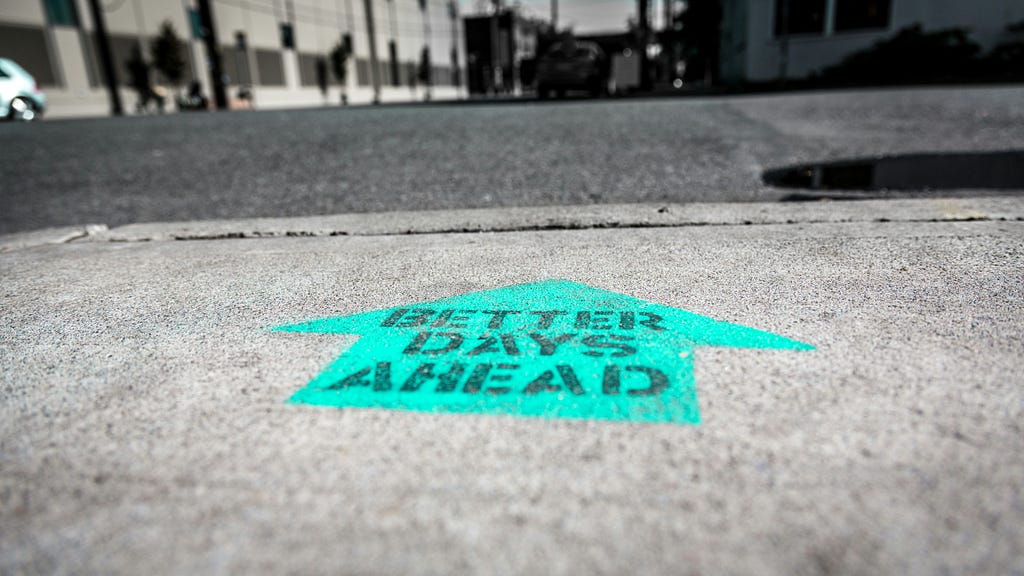
I spent 2000 on ChatGPT — here’s my verdict as a QA
I spent 2000 on ChatGPT — here’s my verdict as a QA

I met this guy named Ajay Murugadas.
He was a veteran tester. He presented a talk on “Career Chakravyuh”. His view on career progression was not performing bad ass rather that small habits which will improve ourselves and those improve ments keep us relevant in the market. His approach made me realize that the goal is to make sufficient money without sacrificing hobbies and health while being a valuable person.
By the end of the talk he pulled out his browser running chatGPT and he prompted chatGPT such a way that it was able to bring out his bare minimum idea into a full fledged speech that brought a different dimension on looking at work. He took the speech and put it into napkin.ai and
Boom !!
He created a PDF file with cool flow charts and bullet points on what he is going to present.
He only spent 3 hours for a stella performance.

He used chatGPT plus version and recommended us to get a subscription which will help us save a lot of time.
I have been using a bit of GitHub copilot, cursor(exploratory phase), and chatGPT on my day to day basis and constantly shifting the accounts to get the limited chatDPT 4o. I have also been using it to check grammar on my writing as well and rewriting some of my ideas to better suited my audience.
I pulled out my debit card took a deep breath and stripped away 2000rs including 18 percentage GST. That was 7 birianis or 20 movies in total.
News Flash!
I brought the coolest tool but didn’t know how to use it to its full potential.

Week 1
Using my ChatGPT subscription, I started noticing how much time I was actually saving:
• Instagram Captions: Friends began asking me for ideas, and I found myself generating decent ones quickly.
• Health & Wellness: I uploaded a picture of my dad’s diagnostic report and was able to put together a basic meal plan and exercise routine — something that would have taken much longer on my own.
• Content Creation: Instead of spending time searching for stock photos, I experimented with generating images for my blog, which was surprisingly effective.
It made me wonder — was I really becoming more efficient, or just relying on AI in new ways?
Month 1
I also started using it to streamline my learning:
• During presentations and workshops, I would take quick screenshots and later turn them into structured notes for future reference.
• Instead of just passively listening, I was actively building a knowledge base for myself.
• I prompted ChatGPT for relevant examples, making my learning deeper and more practical.
The best part?
It felt effortless.
I had always wanted to be more efficient with my time, and now I had the ultimate tool. Looking back, that subscription wasn’t just an expense — it was an investment that was already paying off in ways I hadn’t expected.

When learning about a new product created by my company, I realized that my current product had dependencies on it. To devise effective end-to-end tests, I needed to understand how the new product functioned and how it interacted with our existing system. This was crucial to ensuring that the flow was properly verified before release.
However, as I dug deeper, I encountered business-centric terminology and features that didn’t initially make sense to me.
For example:
• “You can send more products than the ordered quantity” — Why was this even a feature? It seemed counterintuitive at first, but I later realized there could be specific business cases where over-delivery was intentional, such as handling supply chain shortages or fulfilling bulk orders.
• What is ERP? — This term kept popping up, and I had to dive into understanding Enterprise Resource Planning (ERP) systems — software used to manage and automate core business processes like inventory, procurement, and order fulfillment.
These questions helped me bridge the gap between technical functionality and business logic, ensuring that my tests weren’t just verifying workflows but also aligning with real-world use cases.

Month 2
I ventured out looking for a good course to enhance my prompting techniques and stumbled upon a gem on Coursera. The best part? It was free if you audit the course!
🎉 Drum roll! 🎉
🔗 Prompt Engineering for ChatGPT — Coursera
The course covered various prompting techniques, and the funny realization was that with what I learned, I could ask ChatGPT to teach me anything or even write a prompt to make the best use of itself! It felt like unlocking a secret mode where I could continuously refine my interactions with AI for better results.
As I got better at prompting, I noticed a surprising improvement in my communication skills as well.
• I started giving more context when asking others for help, reducing friction and making it easier for them to assist me.
• I began structuring my questions like ChatGPT prompts, making conversations clearer and eliminating ambiguity.
• This not only made my interactions more efficient but also helped me learn faster and collaborate better.
It turns out, learning to ask better questions doesn’t just improve AI interactions — it makes real-world conversations more meaningful too!

How am I planning to get better?
Joining The Test Tribe Finer Circle has been a game-changer for me. It gives me access to courses on Testing, AI masterclasses, and a strong community where I can stay accountable for my goals. This is not just about learning; it’s about actively applying new skills and pushing myself to improve. One of the areas I’m excited to explore is AI APIs — understanding how they work and how I can integrate them into my daily workflow for better efficiency. I’m also keeping an eye on AI agents and operators, especially if they become more affordable, as they could significantly enhance automation and decision-making in my work.
At the same time, my company is looking to transition testers like me into developers, so I’ve started diving into AI-assisted coding tools like GitHub Copilot and Cursor. These tools are helping me bridge the gap between testing and development, making it easier to write and understand code. It’s a shift that feels both challenging and exciting, and I’m looking forward to seeing how AI can enhance my ability to build and test software more effectively.
Happy Testing!
Author: M M Kishore
Stay connected and stay informed with ProductPanda! If you’re a recent graduate who’s hungry for tech-knowledge, make sure to follow us 🎉 on our journey 🚀
